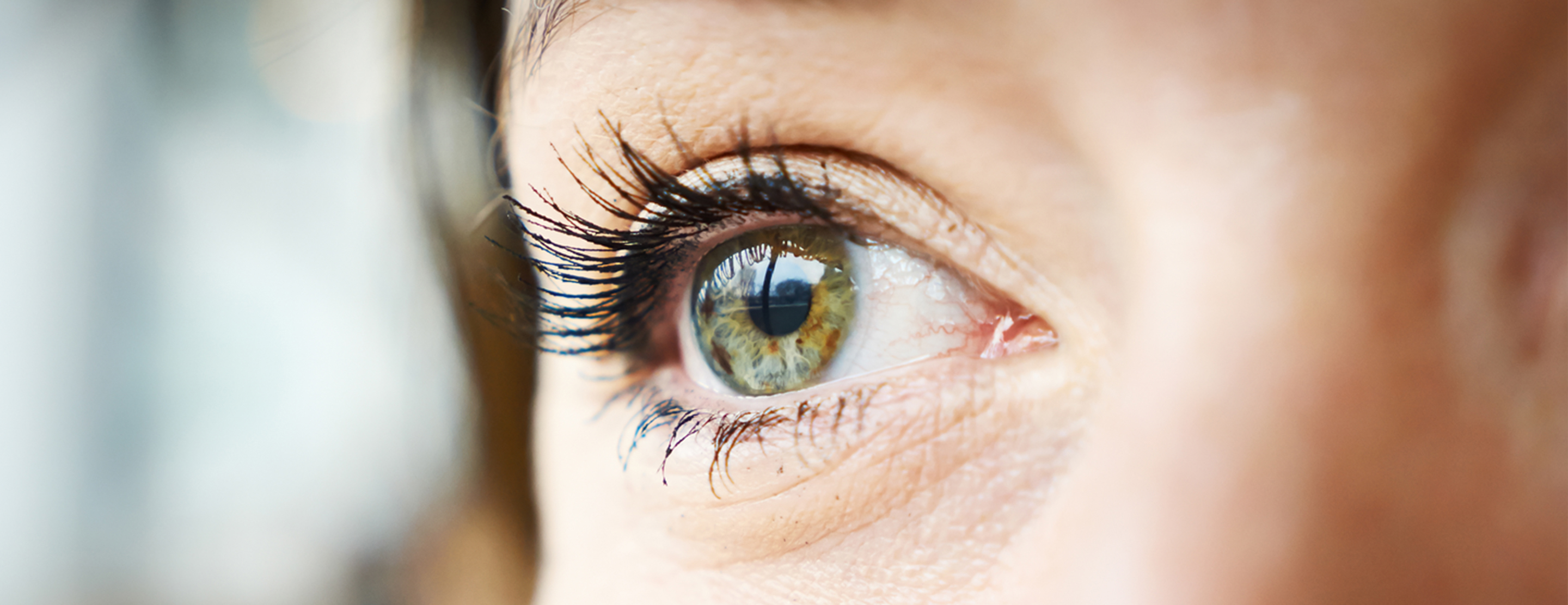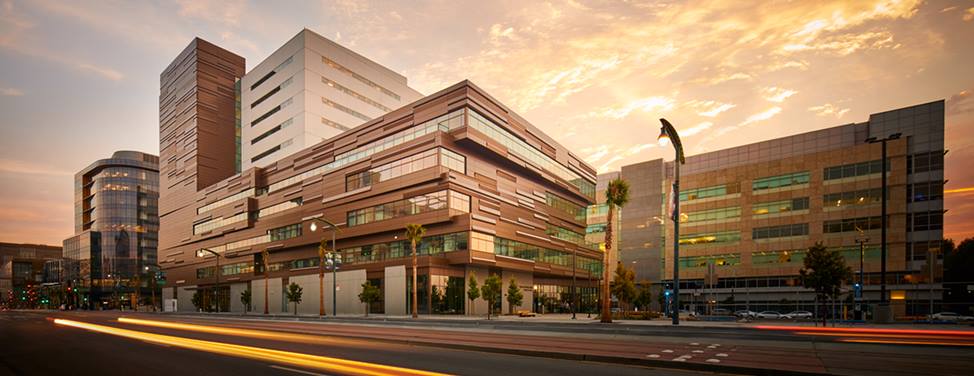With the latest advances in laser refractive surgery, there are several treatments to correct refractive eye conditions, such as nearsightedness, farsightedness and astigmatism.

Laser Vision Correction Surgery
Laser assisted in-situ keratomileusis (LASIK) and photorefractive keratectomy (PRK) are two of the most common laser refractive procedures. They are performed with the excimer laser, a computer-controlled laser used by a surgeon to delicately sculpt the cornea for better focusing. The laser produces ultraviolet light that emits high-energy pulses lasting only billionths of a second.
Conditions Treated
A number of vision problems can be treated with laser refractive surgery, including:
Nearsightedness: Also known as myopia, a nearsighted eye is somewhat longer than the normal eye. This causes the light rays to focus at a point in front of the retina, resulting in a blurry view of distant objects. Approximately 70 million people in the United States – one in four – have some degree of myopia.
Farsightedness: Also known as hyperopia, a farsighted eye is shorter than normal. Light rays are aimed at a focus point behind the retina causing a blurring of objects viewed up close.
Astigmatism: With astigmatism, the curvature of the cornea is uneven, causing a distortion of images and objects at all distances to be blurred. This distortion is especially noticeable after dark with bright lights.
Preparation
It is very important that you have all the available information to help you decide whether refractive laser surgery is right for you. We offer a variety of free educational offerings to help patients learn more about refractive surgery, including evening seminars, patient education materials and personalized consultations. Your decision to have surgery should be made carefully and without pressure.
Before having laser refractive surgery, you will have an in-depth consultation and thorough evaluation with an eye doctor to determine if you are a candidate for laser surgery. Generally, we prefer patients to be between 21 and 70 years of age, with no other serious eye problems. In addition, your prescription should have been stable for at least two years. Other factors considered include the health of your eyes, degree of your vision problem, your age, occupational and lifestyle needs, goals and expectations.
During your initial visit, your doctor will conduct a thorough eye exam and record your full medical history, including information about your present and past eye conditions. Before your initial visit, if you wear contact lenses, it is important that you stop wearing them and switch to wearing your glasses full-time. Contact lenses change the natural shape of your cornea and can affect the measurements taken to determine how much corneal tissue must be removed during surgery. We will provide you with information on when to stop wearing your contact lenses before your initial visit.
If you qualify for laser surgery, your doctor will discuss the various procedures available and their advantages and disadvantages, to determine which option best meets your needs. If you do not qualify for laser surgery, your doctor will discuss other non-surgical options.
Procedure
Laser refractive surgery is a very short outpatient procedure that generally takes less than 30 minutes.
The first step of LASIK is the creation of a thin, smooth flap consisting of the most superficial layers of the cornea. Once the flap is peeled back, laser treatment is applied to the cornea underneath the flap in order to precisely reshape the cornea into the desired contour. Finally, the flap is returned to its original position. It is critical that each step be performed with a high degree of accuracy and safety in order to ensure the best possible results after LASIK.
There are presently two methods of incising the cornea to create a LASIK flap: using a microkeratome, which has been the standard method of flap creation for a number of years, and using a femtosecond laser (IntraLase™), which uses newer technology.
You will have an individual consultation with one of our LASIK surgeons to discuss the various LASIK treatment options and determine the best option for you. During the consultation, you will also learn about how to prepare for your recovery, as well as what to expect after surgery.
UCSF Health medical specialists have reviewed this information. It is for educational purposes only and is not intended to replace the advice of your doctor or other health care provider. We encourage you to discuss any questions or concerns you may have with your provider.







